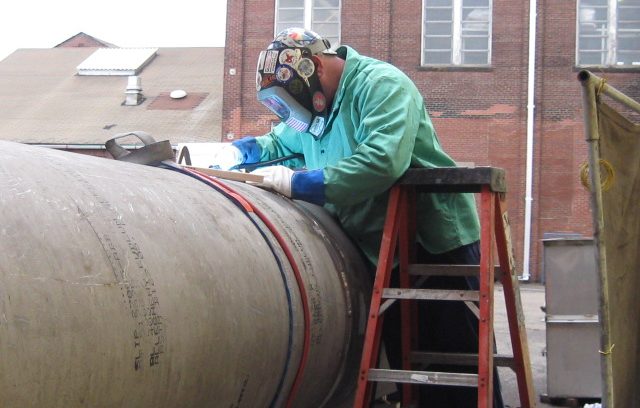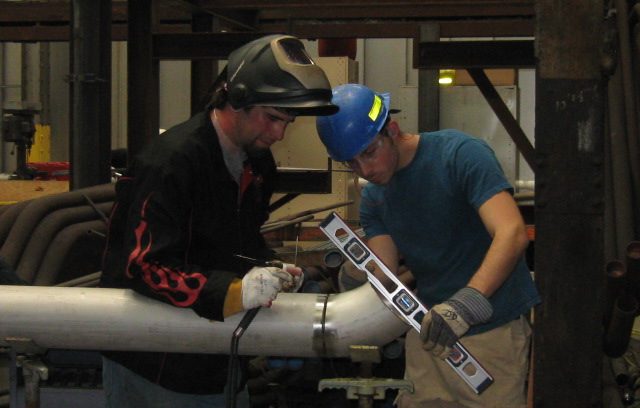Labor Issues in the Construction Industry
When looking at the construction industry, there are three issues that have the potential to make significant changes to the work Local 94 does, both positively and negativetly, should they be enacted.

Davis-Bacon Act
Davis-Bacon Act is a 1931 federal law that ensures that workers are paid the Prevailing Wage and fringe benefits for corresponding work on similar projects in the area. It levels the playing field when it comes to bidding on these projects, as the law takes wage compensation rates out of the competitive bidding process on federally funded construction projects. With uniform labor costs, contractors compete for public projects based on skill, productivity and management abilities – not the lowest price.

Project Labor Agreements (PLAs)
Government and private businesses use Project Labor Agreements as a pre-hire, collective bargaining agreement with one or more labor organizations that establishes the terms and conditions of employment for a specific construction project.

Prevailing Wage
Prevailing Wage ensures that the contractors on public-funded projects must pay workers at least the Department of Labor’s determined wage rate.
This ensures that the money used from the public to build these projects is paid at a fair rate, and the contractors will be able to undercut the quality of union work.

So-Called “Right to Work”
So-Called “Right to Work” laws make it optional for workers protected by a union contract to help pay for the expenses that a union incurs while guaranteeing the rights of all employees. It restricts freedom of association by prohibiting workers and employers from agreeing to contracts.

Taft–Hartley Act
The Labor Management Relations Act of 1947, better known as the Taft–Hartley Act, is a United States federal law that restricts the activities and power of labor unions. It was enacted by the 80th United States Congress over the veto of President Harry S. Truman, becoming law on June 23, 1947.